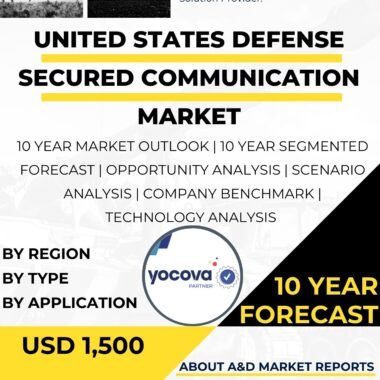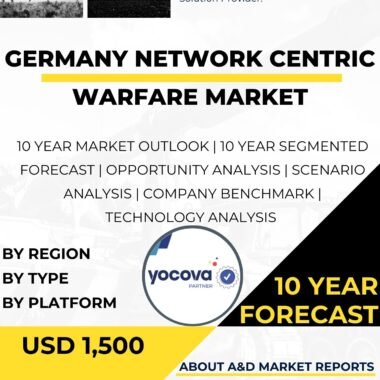Description
Australia Network Centric Warfare
Australia Network Centric Warfare (NCW) represents a major transformation in the nation’s defense capabilities and military strategy. It integrates advanced information, communication, and digital technologies to enhance decision-making, operational speed, and situational awareness on the battlefield. This approach enables the Australian Defence Force (ADF) to connect all domains of warfare — land, sea, air, space, and cyberspace — through a single, unified network.
The Strategic Role of Australia Network Centric Warfare
Australia’s adoption of Network Centric Warfare strengthens the interoperability and responsiveness of the ADF. By merging data from diverse sensors, platforms, and communication systems, NCW provides real-time intelligence that supports faster and more precise decision-making. This integrated framework allows seamless coordination between military units, improving operational efficiency, precision, and mission success across multiple theaters of operation.
Modern Investments in Network Centric Warfare
The Australian government continues to make significant investments in NCW technologies as part of its broader defense modernization agenda. Key initiatives include the development of advanced command-and-control (C2) systems, secure communication infrastructures, and real-time data-sharing platforms. These advancements enhance collaboration between the ADF’s service branches and allied forces, ensuring effective coordination in both domestic defense and international missions. Such initiatives reaffirm Australia’s commitment to maintaining a technological edge in an evolving global security landscape.
Advantages of Network Centric Warfare
One of the most critical advantages of Australia’s NCW approach is enhanced situational awareness. Commanders gain a comprehensive, real-time view of the operational environment, allowing for swift, informed decisions. This capability improves force protection, enhances targeting accuracy, and enables rapid adaptation to emerging threats. Ultimately, it minimizes risks for personnel and maximizes mission effectiveness through superior intelligence integration.
Integration of AI and Unmanned Systems
Australia’s Network Centric Warfare (NCW) strategy actively incorporates artificial intelligence (AI) and autonomous systems — including unmanned aerial, surface, and underwater vehicles — to expand the Australian Defence Force’s (ADF) operational capabilities. These technologies play a critical role in reconnaissance, surveillance, logistics, and combat support, significantly enhancing the efficiency, precision, and adaptability of military operations.
Enhancing Decision Superiority through AI
AI systems process enormous volumes of battlefield data from multiple sensors, command centers, and communication networks. Machine learning algorithms identify patterns, predict threats, and recommend responses faster than human operators could manage alone. This accelerates decision-making cycles — often referred to as achieving “decision superiority” — enabling commanders to anticipate and respond to evolving threats in real time.
Through AI-driven analytics, the ADF can integrate data from satellites, radars, and unmanned systems into a unified operational picture. This improves situational awareness, helping forces deploy resources efficiently and execute precise, coordinated actions across multiple domains — air, land, sea, space, and cyberspace.
Cybersecurity in Network Centric Warfare
Cybersecurity forms the backbone of Australia’s NCW infrastructure. As digital threats intensify, the ADF emphasizes robust cybersecurity protocols to protect its communication networks and data systems. This proactive approach ensures the resilience and integrity of Australia’s defense information environment, safeguarding national security against potential cyberattacks and information warfare tactics.
Conclusion: The Future of Australia Network Centric Warfare
Australia’s Network Centric Warfare strategy reflects its dedication to technological innovation and defense modernization. By integrating real-time information sharing, AI-driven analytics, and secure communications, Australia is enhancing its readiness for the challenges of modern warfare. This holistic approach positions the nation as a leader in defense transformation, capable of responding effectively to complex and evolving global security demands.




